Who We Serve
Pathways is designed for individuals reentering society after incarceration particularly those facing the most intense post-release barriers: sex offense convictions, lifetime supervision, and near-total housing exclusion. Many are low-risk but publicly stigmatized, homeless, or under strict legal oversight. We work with people who are ready for accountability and change but have been given no structured way forward, until now.
Drive into luxury. Elevate every mile with unmatched vehicles for unforgettable journeys.
Who We Serve
Pathways is designed for individuals reentering society after incarceration particularly those facing the most intense post-release barriers: sex offense convictions, lifetime supervision, and near-total housing exclusion. Many are low-risk but publicly stigmatized, homeless, or under strict legal oversight. We work with people who are ready for accountability and change but have been given no structured way forward, until now.
Drive into luxury. Elevate every mile with unmatched vehicles for unforgettable journeys.
The Pathways initiative was created to answer a gap no one else would touch. While many reentry programs serve justice-impacted populations broadly, few, if any, welcome individuals with sex offense convictions, lifetime supervision, or the harshest housing restrictions. These individuals often pose a low risk but face the most intense public stigma and legal barriers. They’re routinely denied housing, support, and a path forward, not because they’re unwilling to change, but because no one is willing to help them. Pathways was built for these men.
Instead of surveillance and exclusion, we offer structure, therapy, accountability, and support. Our model is grounded in trauma-informed care, evidence-based treatment, and integrated community living. Residents engage in on-site behavioral health services, addiction recovery, life skills training, and monitored reintegration, all within a safe, purpose-built campus.
We partner directly with law enforcement, probation, and community agencies to maintain transparency, track outcomes, and build trust. This is not soft on crime. It’s smart on reentry. We don’t just believe in second chances. We create the systems to make them possible.
Why Pathways Exists
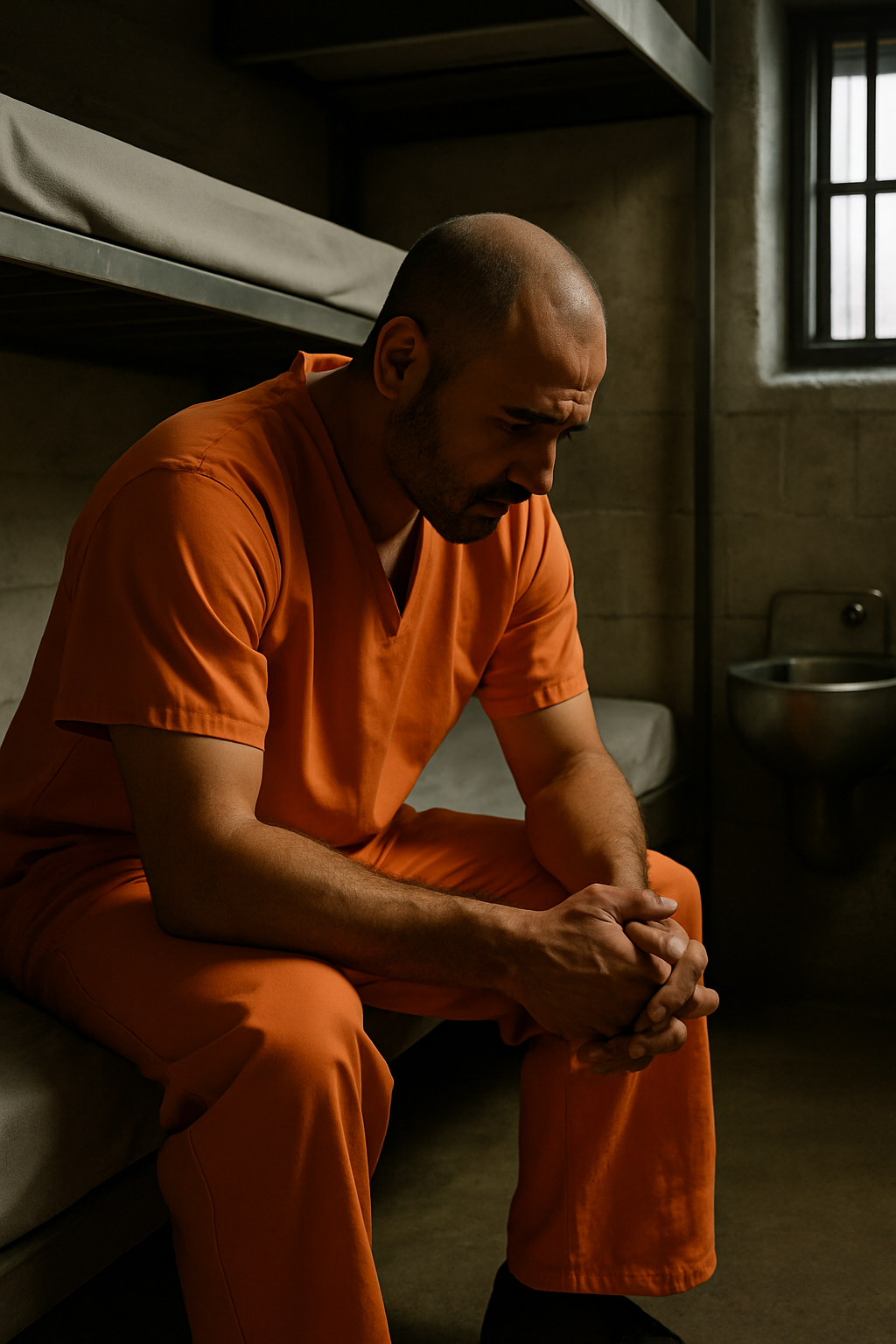
A purpose-built model for people left behind by every other system.
Why Pathways Exists
A purpose-built model for people left behind by every other system.
The Pathways initiative was created to answer a gap no one else would touch. While many reentry programs serve justice-impacted populations broadly, few, if any, welcome individuals with sex offense convictions, lifetime supervision, or the harshest housing restrictions. These individuals often pose a low risk but face the most intense public stigma and legal barriers. They’re routinely denied housing, support, and a path forward, not because they’re unwilling to change, but because no one is willing to help them. Pathways were built for them.
Instead of surveillance and exclusion, we offer structure, therapy, accountability, and support. Our model is grounded in trauma-informed care, evidence-based treatment, and integrated community living. Residents engage in on-site behavioral health services, addiction recovery, life skills training, and monitored reintegration, all within a safe, purpose-built campus.
We partner directly with law enforcement, probation, and community agencies to maintain transparency, track outcomes, and build trust. This is not soft on crime. It’s smart on reentry. We don’t just believe in second chances. We create the systems to make them possible.


The Path Forward
From Surviving to Belonging
Pathways isn’t just a place to stay; it’s a new way to live. Every step is designed to rebuild what incarceration stripped away: dignity, connection, stability, and purpose.
Participants begin their journey in a safe, structured housing community, away from chaos, but still accountable. They engage in trauma-informed therapy, addiction recovery, and life skills training from day one. Progress isn’t measured by perfection, it’s measured by participation, growth, and responsibility.
Our reintegration center provides direct access to vocational support, clinical services, and personal mentorship, all on site. With real-time monitoring tools and ongoing staff check-ins, we balance structure and support without surveillance or shame.
Pathways walks with each person from confinement through transition and into lasting reintegration. We meet people where they are, and we walk with them as far as they’re willing to go.
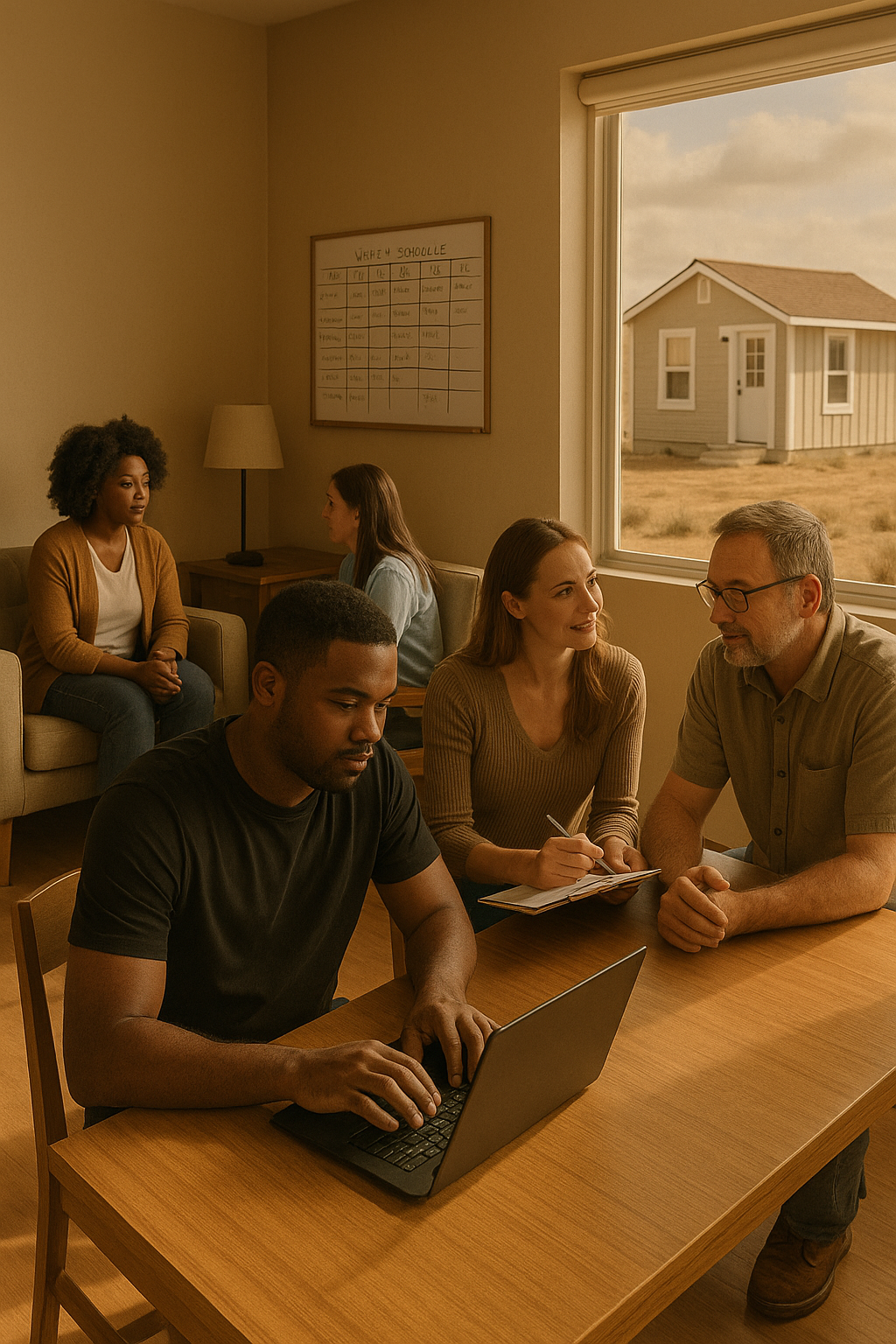

The Plan
We start with the people others overlook. Our model centers on justice-impacted individuals facing the harshest barriers, especially those excluded from housing, treatment, and second chances. With a clear framework of therapy, structure, and reintegration, we design every step to restore dignity and reduce harm.
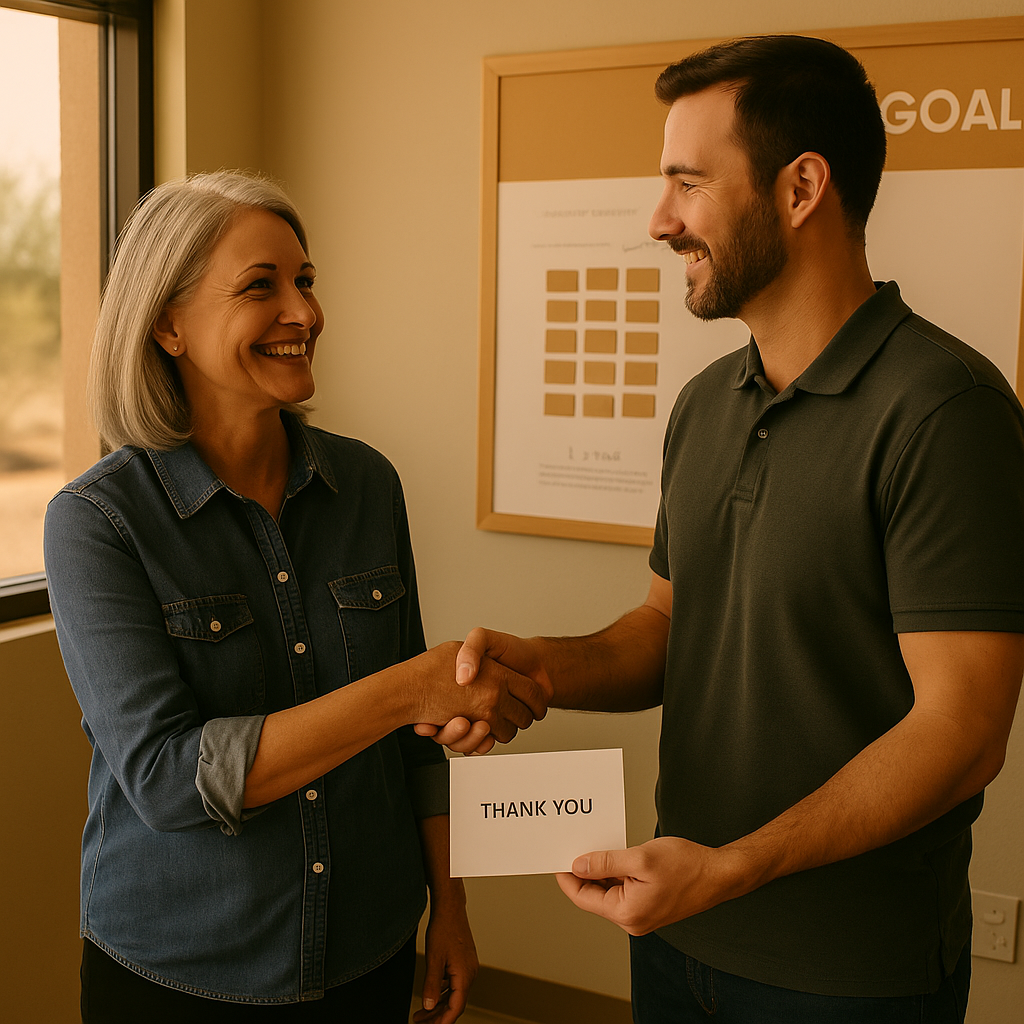
The Fundraising
This work is only possible with community support. Every dollar raised goes directly toward housing, treatment, job training, and recovery services. We’re building a future that doesn’t rely on punishment to create safety, but on healing, accountability, and opportunity.
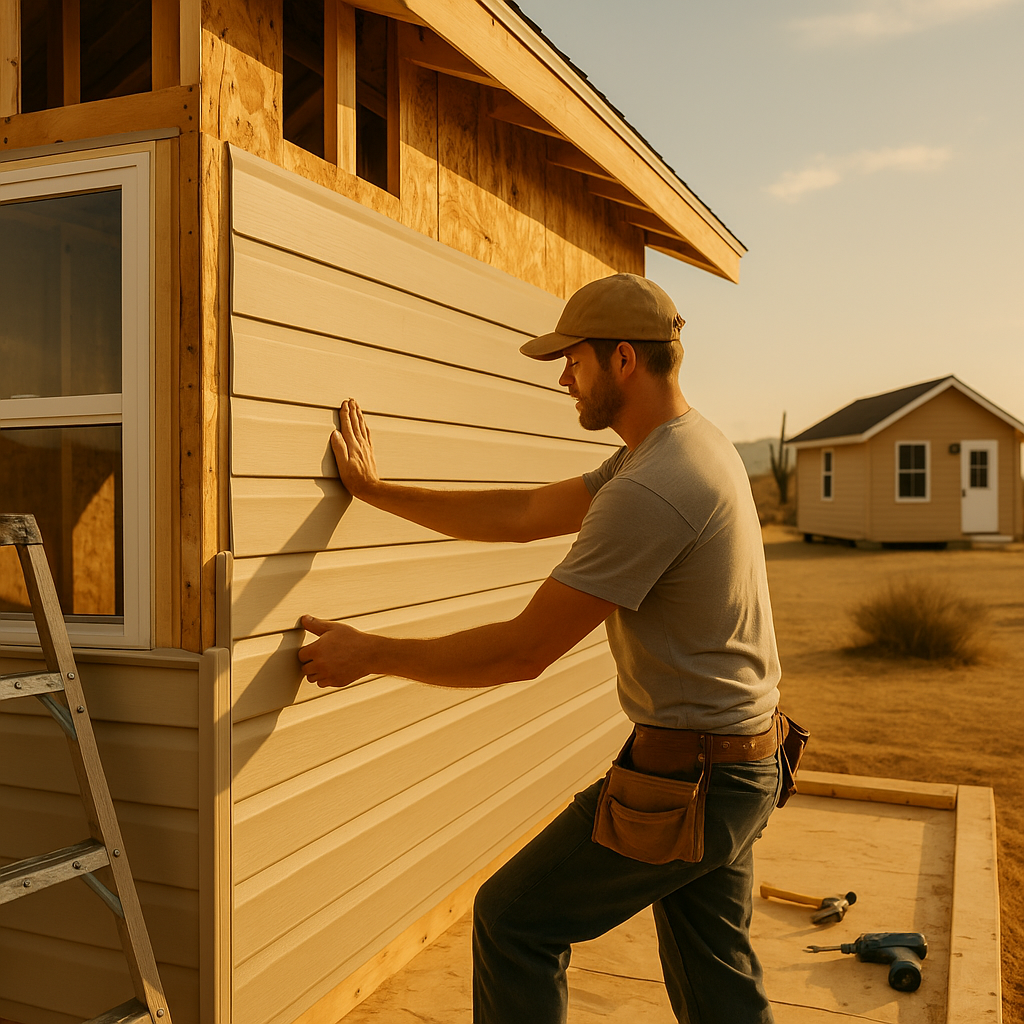
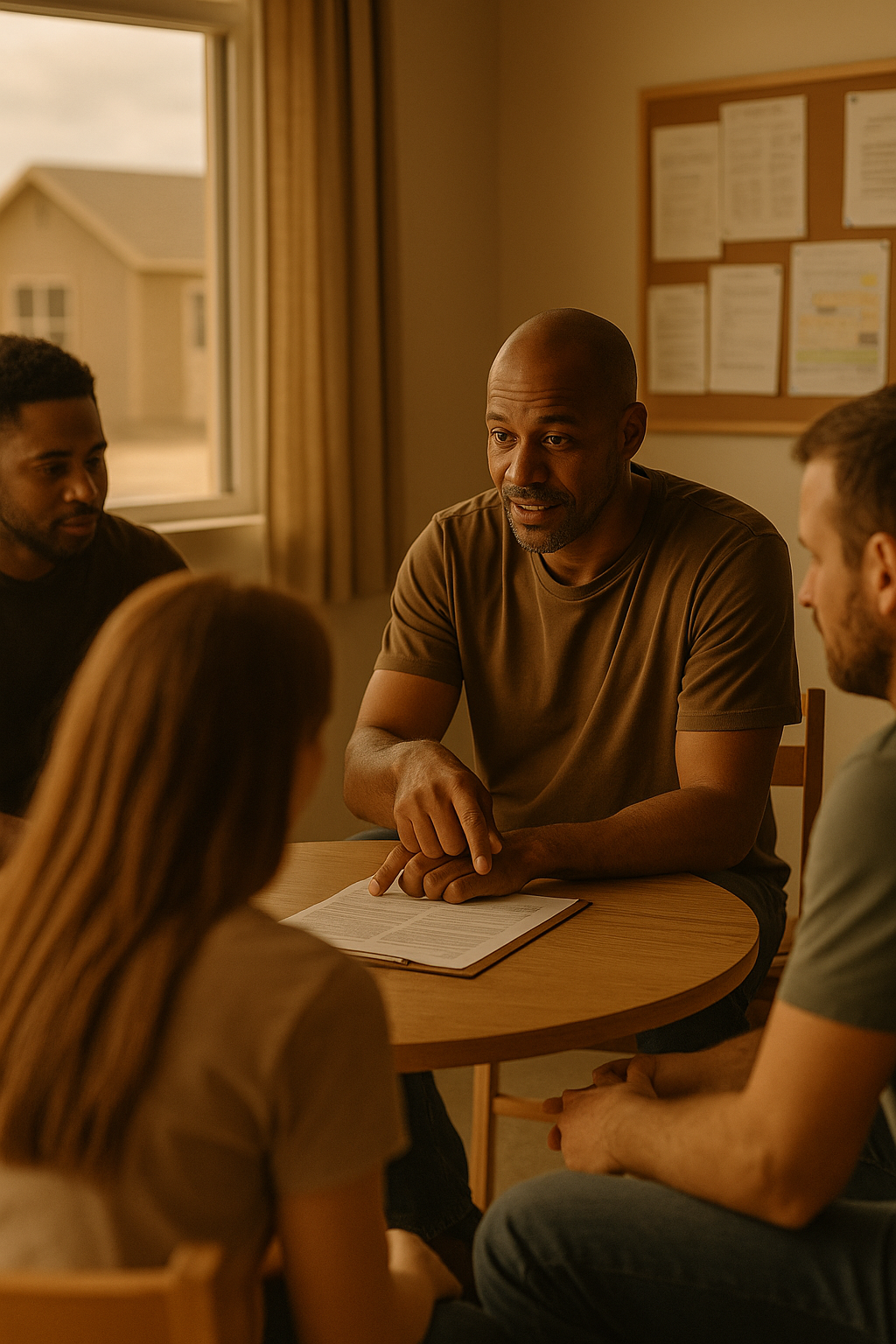
The Build
We’re constructing a tiny home community, in addition to the onsite reintegration center, a safe, structured campus designed for real change. Every home, classroom, and therapy space is a foundation for someone’s future. This isn’t temporary housing; it’s permanent impact.
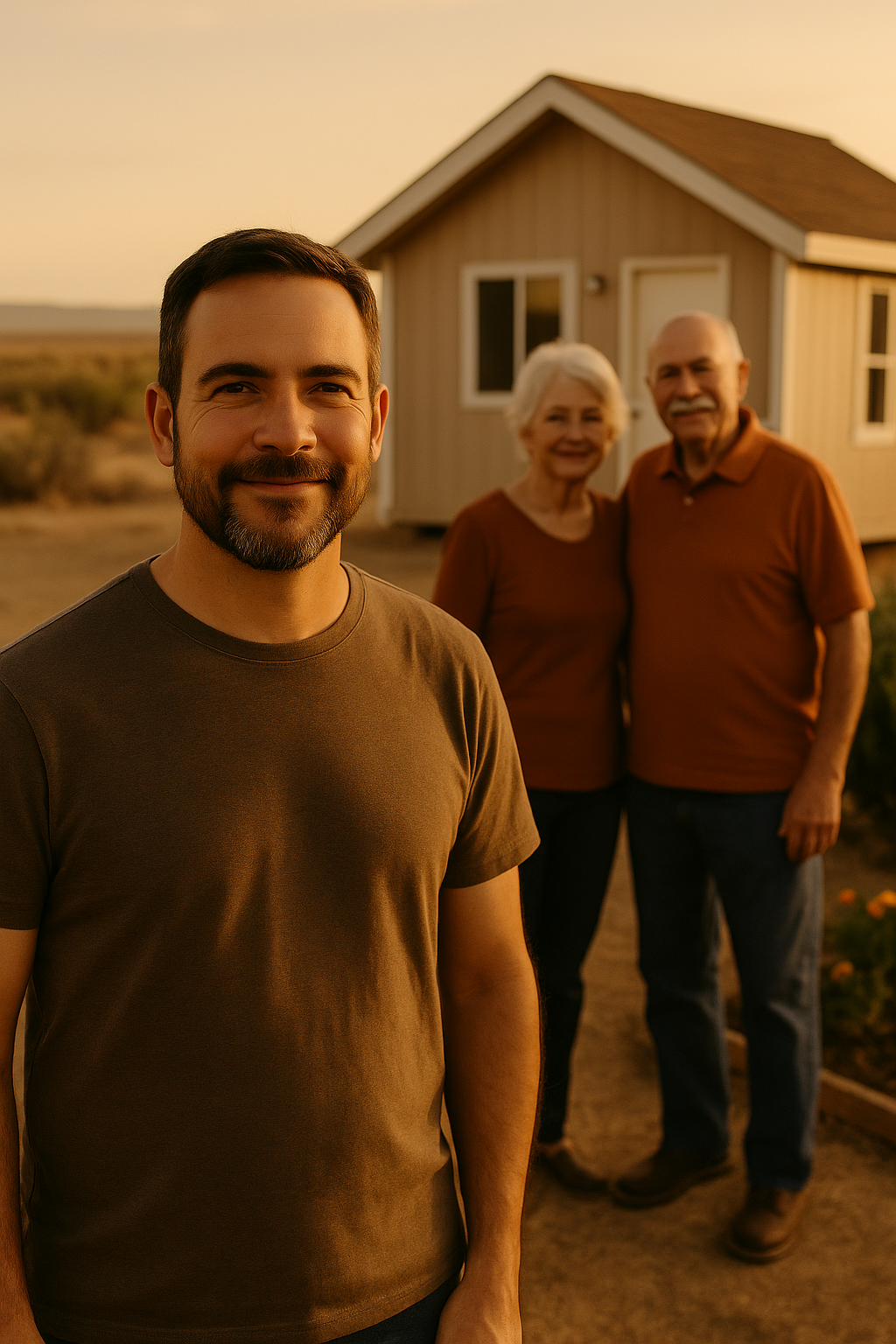
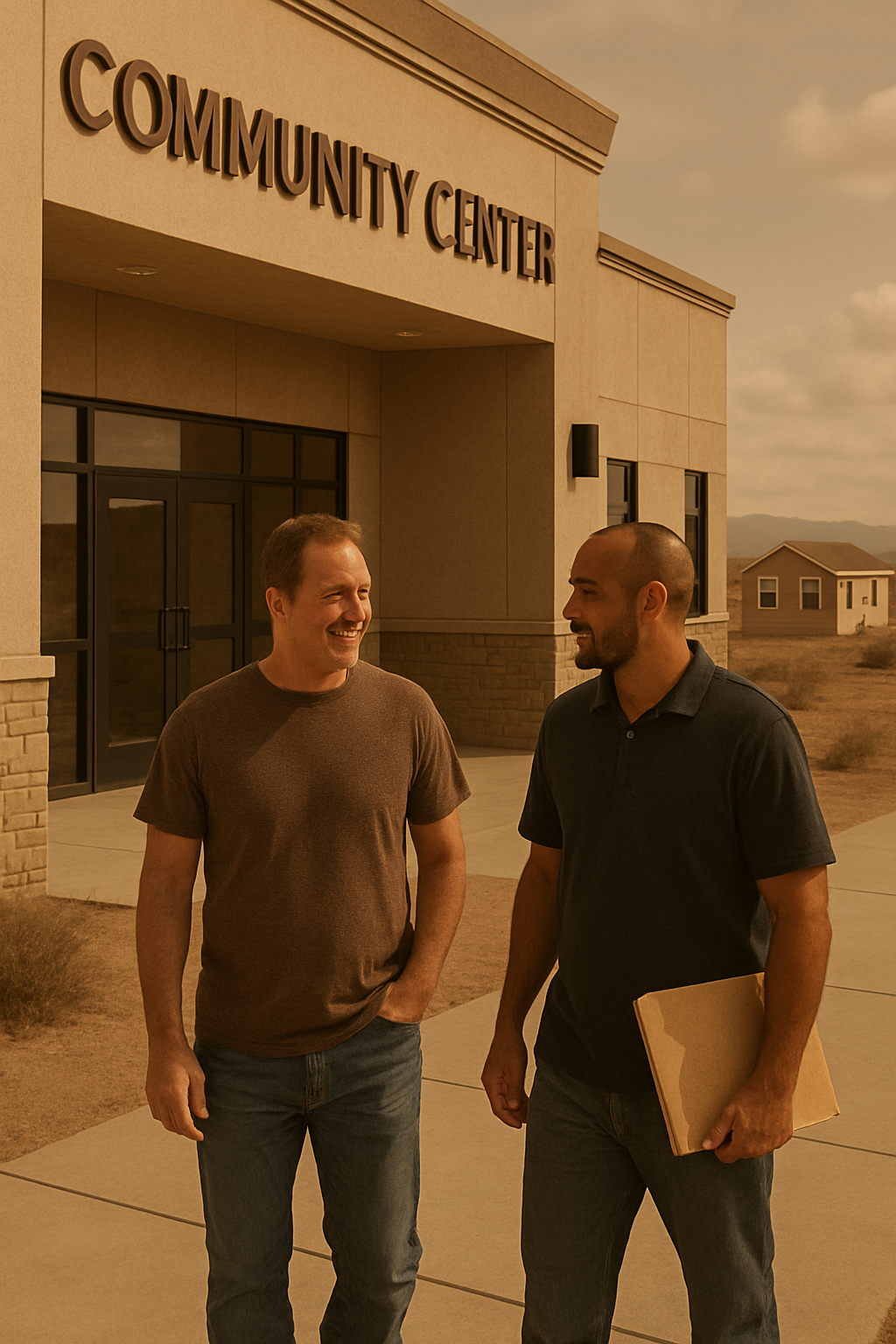
The Impact
When someone heals, a ripple begins. Families reunite. Communities get stronger. Cycles break. Pathways doesn’t just change lives, it changes legacies. We’re creating generational change by restoring people’s right to belong, contribute, and thrive one person, one future at a time.
What Probation and Corrections Officers Are Saying
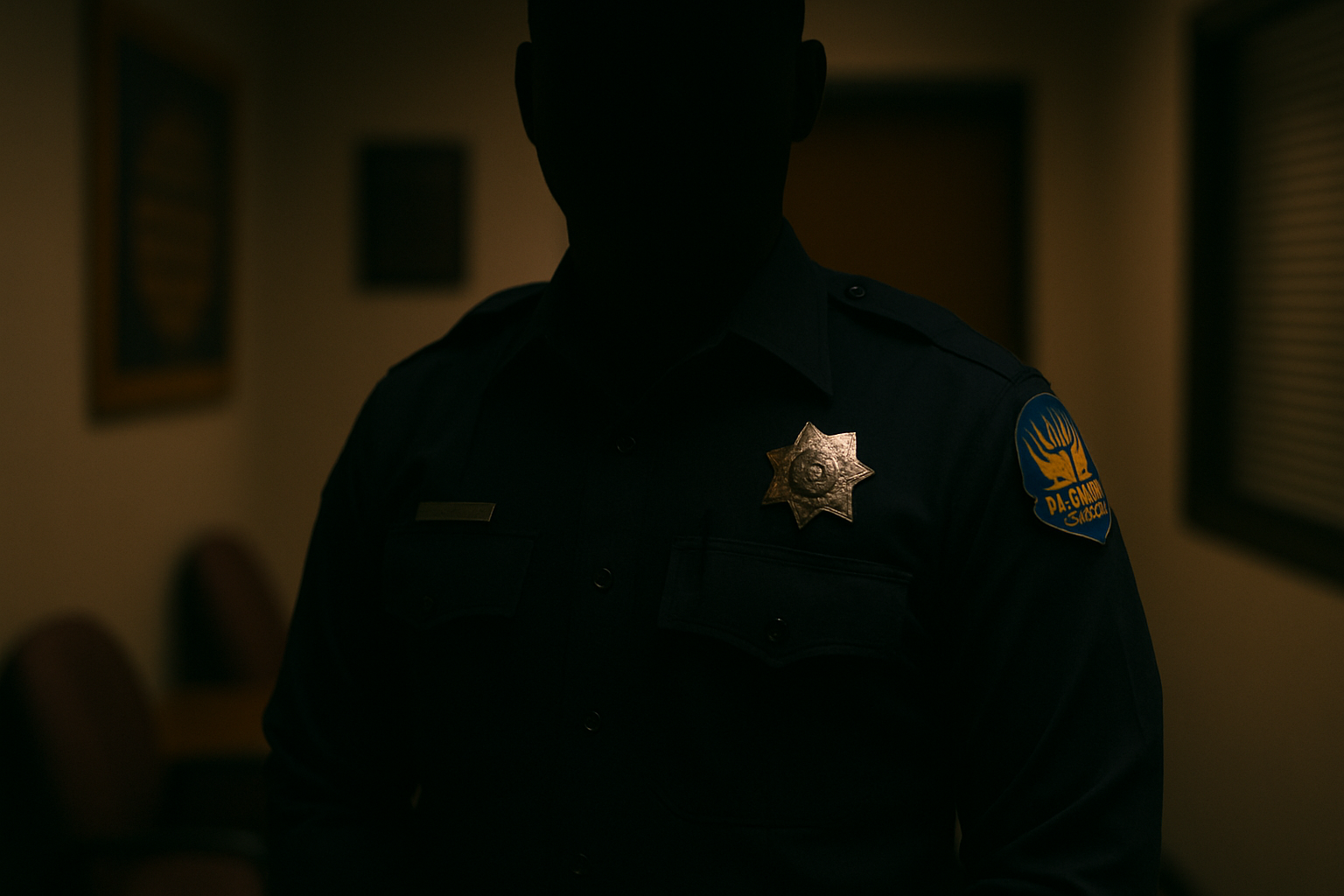
I am a former Police Sergeant of 27 years. I began my corrections career with ADC (Arizona Department of Corrections) in 2014 and worked five years in General Population. I was then transferred to a sex-offender yard as a Case Manager where I directly worked with the inmate population.
At the time I knew very little of this population, relying mostly on what I had heard and was lead to believe, through the press and the public stigma surrounding these types of offenders. Due to my preconceived and erroneous bias, I almost refused this opportunity.
My experience has been nothing short of transformative, I found myself to now be surrounded by a far more mature and educated group of men, who were generally better behaved, and much more respectful than the GP population.
I have been forced to overhaul my grossly incorrect thoughts and unwarranted bias toward this demographic convicted for this type of crime. The sex-offender population in general has made me feel that the stigma we, as a society assign, is totally unjustified.
The biggest misconception about those with this classification must be reevaluated and determined by fact not hearsay. As a result of my reformed thinking, I am thrilled to endorse the Pathways Program, returning to these men the same opportunities available to others, who may have perpetrated more heinous acts, yet unwarranted stigma and misplaced media fueled bias prevents most from making an honest evaluation. I’ve dealt with the “justice” system on both sides, prior to arrest, after conviction, and during confinement. We need to change and Pathways provides that start.
– Corrections Case Management / Former Law Enforcement
I am a former Police Sergeant of 27 years. I began my corrections career with ADC (Arizona Department of Corrections) in 2014 and worked five years in General Population. I was then transferred to a sex-offender yard as a Case Manager where I directly worked with the inmate population.
At the time I knew very little of this population, relying mostly on what I had heard and was lead to believe, through the press and the public stigma surrounding these types of offenders. Due to my preconceived and erroneous bias, I almost refused this opportunity.
My experience has been nothing short of transformative, I found myself to now be surrounded by a far more mature and educated group of men, who were generally better behaved, and much more respectful than the GP population.
I have been forced to overhaul my grossly incorrect thoughts and unwarranted bias toward this demographic convicted for this type of crime. The sex-offender population in general has made me feel that the stigma we, as a society assign, is totally unjustified.
The biggest misconception about those with this classification must be reevaluated and determined by fact not hearsay. As a result of my reformed thinking, I am thrilled to endorse the Pathways Program, returning to these men the same opportunities available to others, who may have perpetrated more heinous acts, yet unwarranted stigma and misplaced media fueled bias prevents most from making an honest evaluation.
I've dealt with the "justice" system on both sides, prior to arrest, after conviction, and during confinement. We need to change and Pathways provides that start.
- Corrections Case Management / Former Law Enforcement
What Probation and Corrections Officers Are Saying

"Pathways fills the gap between release and reality. It gives my clients a real shot."

Building Something That Lasts
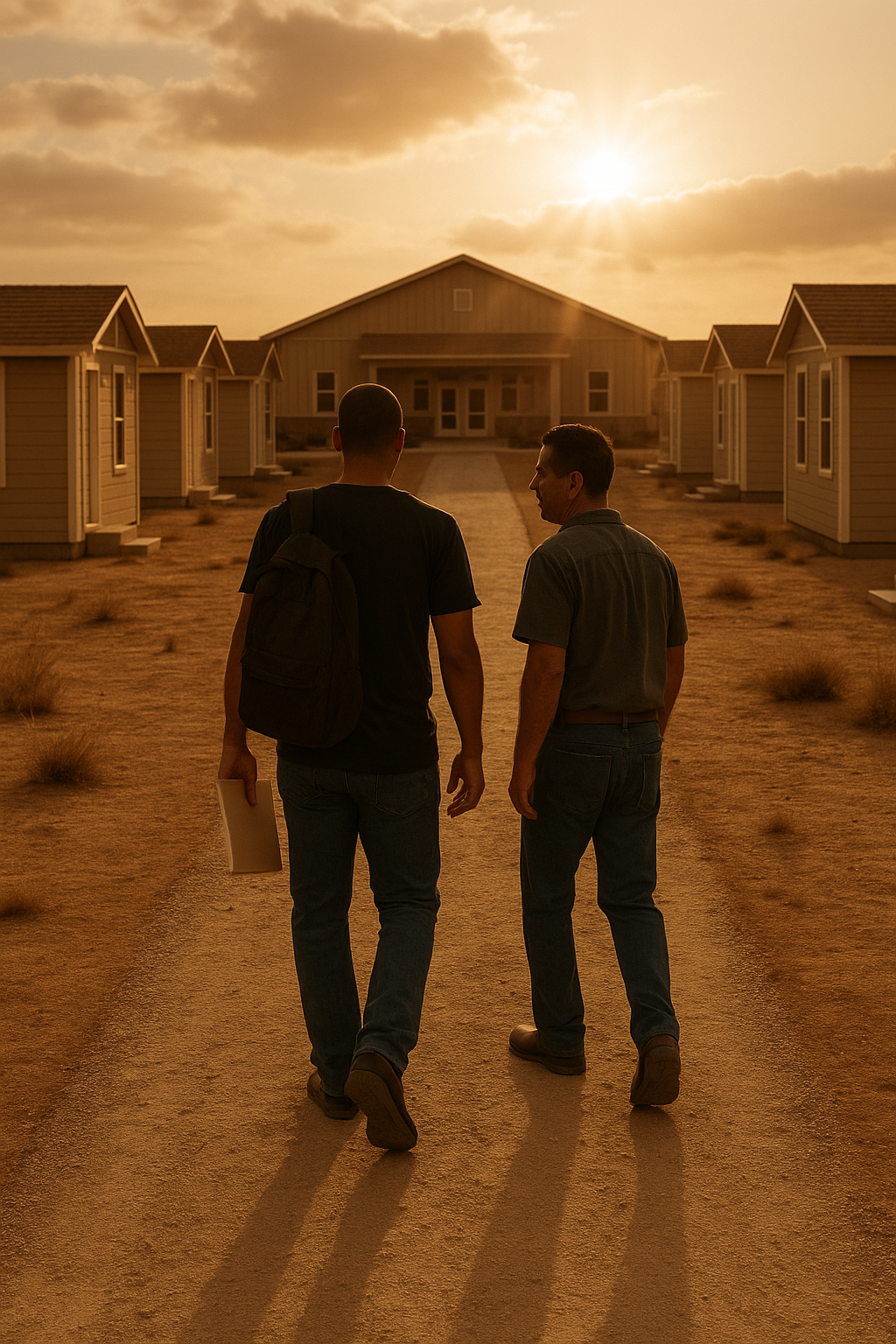
Our work doesn’t end with construction or counseling, it begins there. Pathways is about creating a community where healing, structure, and accountability can thrive across generations, ending the cycle of behaviors that too often lead back to incarceration.
The impact we make today doesn’t just help one person reintegrate. It helps a family reunite. It helps a neighborhood feel safer. It helps a system see what's possible when we stop giving up on people and start building systems that believe in them.
We measure success in more than check-ins or completions, we measure it in changed lives, fewer victims, and long-term safety for everyone.
This is about permanence. Stability. Legacy.
Factually addressing and dismantling the misleading and disingenuous stigma surrounding former sex offenders is essential to real change.
We're not just offering second chances: we're creating the conditions that make them work.
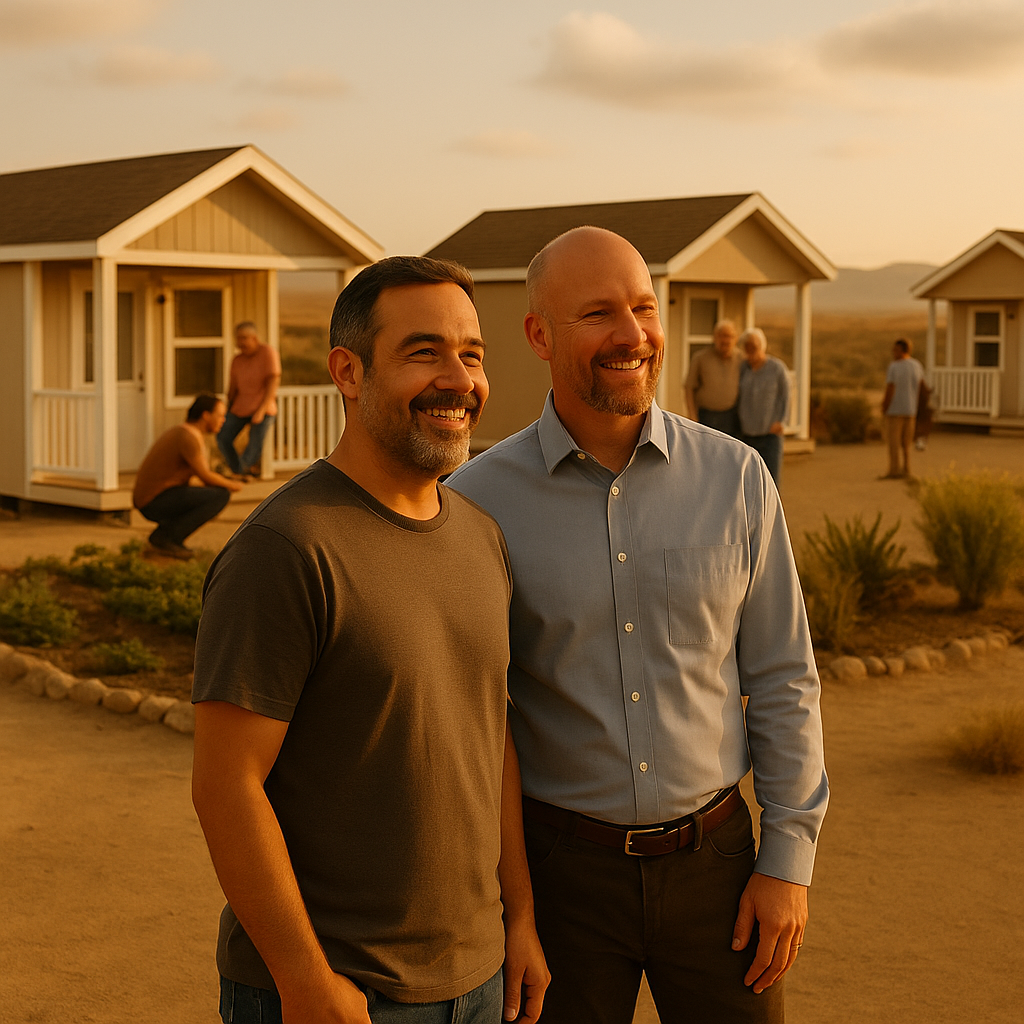
How We Create Change
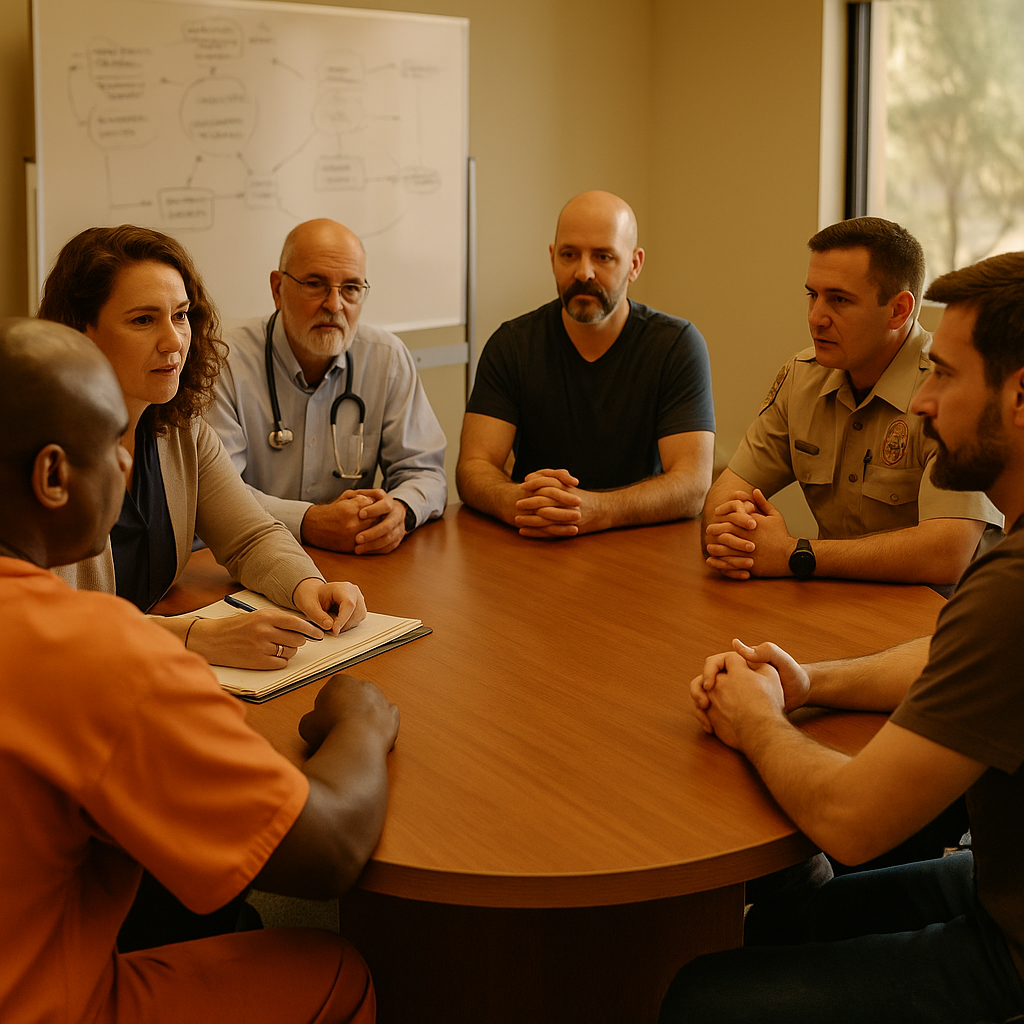
Pathways isn’t just a program: it’s a challenge to the system.
For too long, justice-impacted individuals, especially those with sex offense convictions, have faced a dead end. Endless supervision. Stigma with no exit. Housing restrictions that make stability nearly impossible. At Pathways, we don’t accept that status quo.
We build a different path: one grounded in evidence-based care, structured reintegration, and human dignity. Our model blends clinical treatment, housing, monitoring, and community reintegration into a single coordinated effort. It’s not about surveillance, it’s about stability. Not punishment, accountability with support.
We partner with agencies, communities, and funders ready to move from fear-based policy to outcome-driven progress. Every life rebuilt is proof that change is possible not just for one person, but for the entire system.
Built for Those Left Out
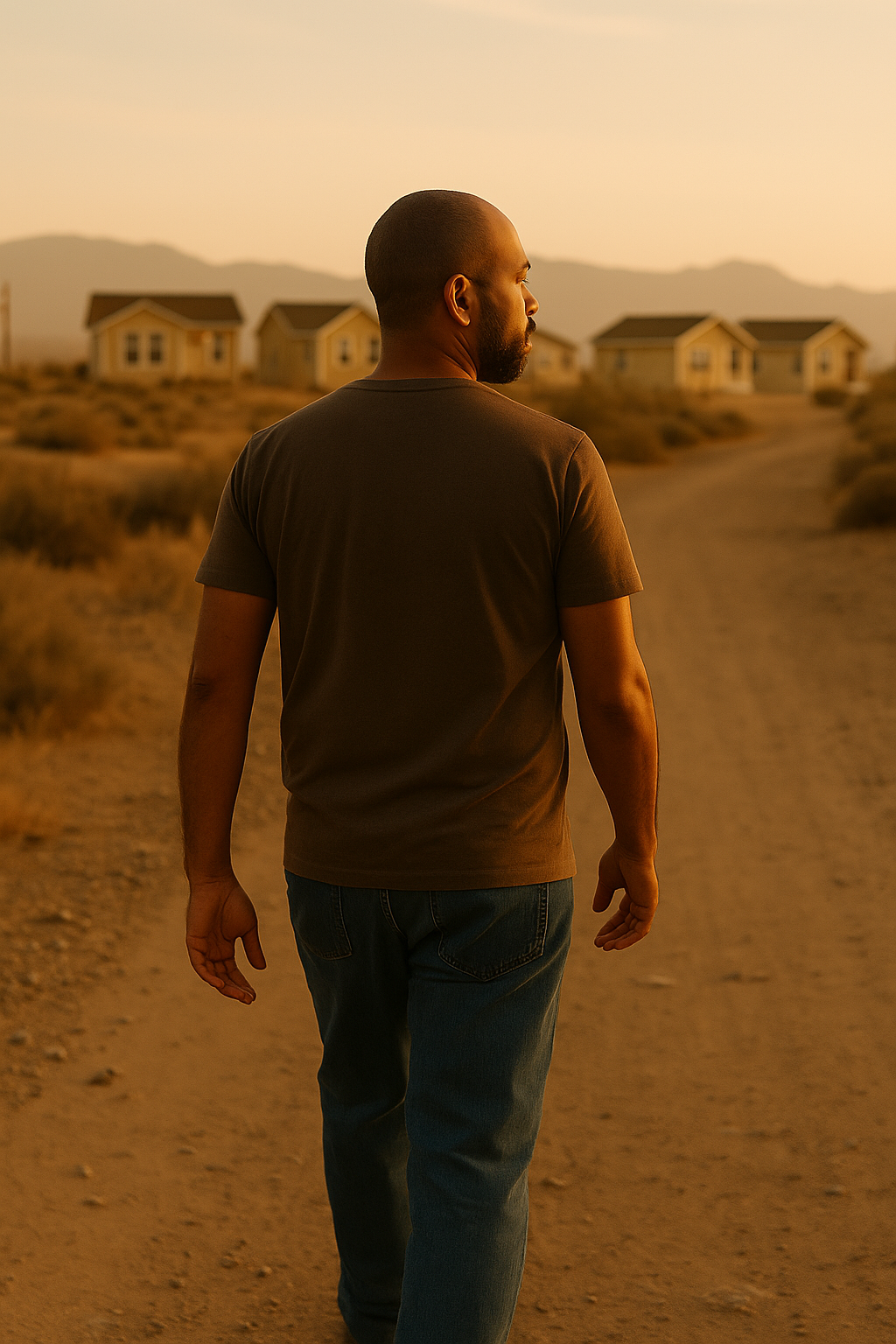
Pathways was created for individuals most excluded from second chances, those with sex offense convictions, lifetime supervision, or intense housing restrictions. These are people who are often low-risk yet face near-total rejection from traditional reentry and housing programs. Their challenges aren’t just legal, they’re societal, emotional, and deeply personal.
We don’t shy away from this reality. Instead, we build directly into it. Our model offers structure, therapy, housing, and accountability for those ready to change but denied a path forward. This isn’t just a service, it’s a stand. We’re proving what’s possible when no one is left behind.

Built for Those Left Out
Pathways was created for individuals most excluded from second chances, those with sex offense convictions, lifetime supervision, or intense housing restrictions. These are people who are often low-risk yet face near-total rejection from traditional reentry and housing programs. Their challenges aren’t just legal, they’re societal, emotional, and deeply personal.
We don’t shy away from this reality. Instead, we build directly into it. Our model offers structure, therapy, housing, and accountability for those ready to change but denied a path forward. This isn’t just a service, it’s a stand. We’re proving what’s possible when no one is left behind.


